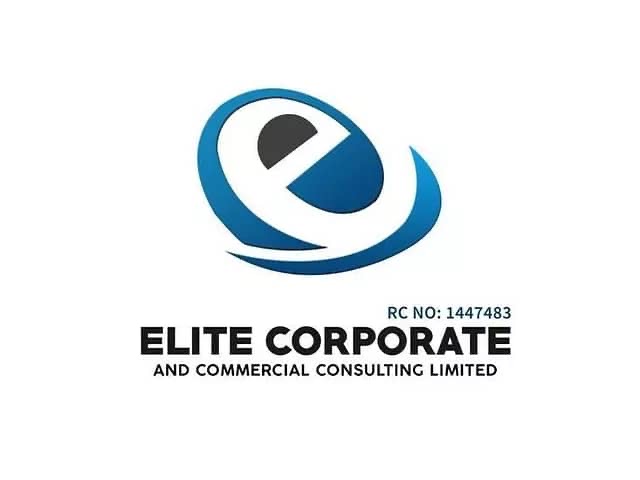
In the digital marketing world, a landing page is one of the most powerful tools for generating leads, boosting sales, and driving meaningful customer actions. Unlike a homepage that covers broad information, a landing page is designed with a single goal in mind — whether that’s signing up for a newsletter, downloading an eBook, registering for a webinar, or making a purchase.
Creating effective landing pages for conversions requires a strategic blend of design, persuasive content, and psychology. In this guide, we’ll explore best practices and proven techniques to help you design high-converting landing pages.
What is a Landing Page?
A landing page is a standalone web page that prospects “land” on after clicking a marketing link, such as a Google ad, social media promotion, or email campaign. Its purpose is simple: to convert visitors into leads or customers by encouraging them to take a specific action.
Why Landing Pages Matter for Conversions
- Focused Messaging: Unlike a general website, landing pages eliminate distractions and guide visitors toward one call-to-action (CTA).
- Higher ROI: Businesses using dedicated landing pages for campaigns often see increased conversions and better return on ad spend.
- Measurable Results: Landing pages make it easy to track performance metrics like conversion rates, bounce rates, and lead quality.
Key Elements of a High-Converting Landing Page
1. Compelling Headline
Your headline is the first thing visitors see. It must be clear, attention-grabbing, and benefit-driven. For example, instead of “Download Our Guide,” try “Boost Your Sales by 50% — Free Marketing Guide.”
2. Engaging Visuals
Use high-quality images, graphics, or videos that complement your offer. Visuals help build trust and make the page more appealing.
3. Clear Call-to-Action (CTA)
The CTA button should stand out and use action-oriented words like “Get Started,” “Claim Your Free Trial,” or “Download Now.” Placement above the fold and repeated strategically throughout the page increases clicks.
4. Benefit-Focused Copy
Rather than just listing features, highlight how your offer solves the visitor’s problem. Use bullet points for easy scanning.
5. Social Proof
Testimonials, case studies, reviews, or trust badges reassure visitors that your offer is credible and worthwhile.
6. Simple Form Design
If you require users to fill out a form, keep it short. Only ask for essential information — long forms often discourage conversions.
7. Mobile Optimization
With most users browsing on smartphones, a mobile-responsive landing page is non-negotiable. Ensure fast load times and easy navigation.
8. Minimal Distractions
Remove unnecessary links, menus, or unrelated content. A landing page should focus solely on one goal and one action.
Best Practices for Optimizing Landing Pages
- Use A/B Testing: Test different headlines, CTAs, colors, and layouts to discover what works best for your audience.
- Leverage Urgency and Scarcity: Phrases like “Limited Time Offer” or “Only 5 Spots Left” can encourage immediate action.
- Align with Ad Copy: Ensure your landing page message matches the promise of your ad to build trust and consistency.
- Optimize for SEO: Include relevant keywords, meta descriptions, and alt tags to attract organic traffic.
- Track Analytics: Monitor heatmaps, click-through rates, and conversion rates to continuously improve performance.
Examples of Landing Page Goals
- Lead Generation (sign-ups for email newsletters)
- Product Sales (e-commerce checkouts)
- Event Registrations (webinars, conferences)
- Free Trials or Demos (software or SaaS tools)
- Content Downloads (guides, reports, eBooks)
Each goal requires slightly different design elements, but the foundation remains the same: clarity, simplicity, and persuasion.
The Future of Landing Pages
Modern landing pages are evolving with technology. AI-powered personalization, interactive design elements, and data-driven optimization will continue to shape how businesses create high-converting pages. By tailoring user experiences and reducing friction, future landing pages will become even more powerful tools for conversions.
Conclusion
An effective landing page is not just about design — it’s about strategic communication and user experience. By combining persuasive headlines, strong CTAs, social proof, and streamlined forms, you can dramatically increase your conversions. Remember to continuously test and refine your pages to achieve maximum results.
Disclaimer
This article is provided for informational and educational purposes only. While it outlines best practices for creating effective landing pages, results may vary depending on your business, audience, and marketing strategy. Always test and analyze your landing pages to determine what works best for your unique situation.
